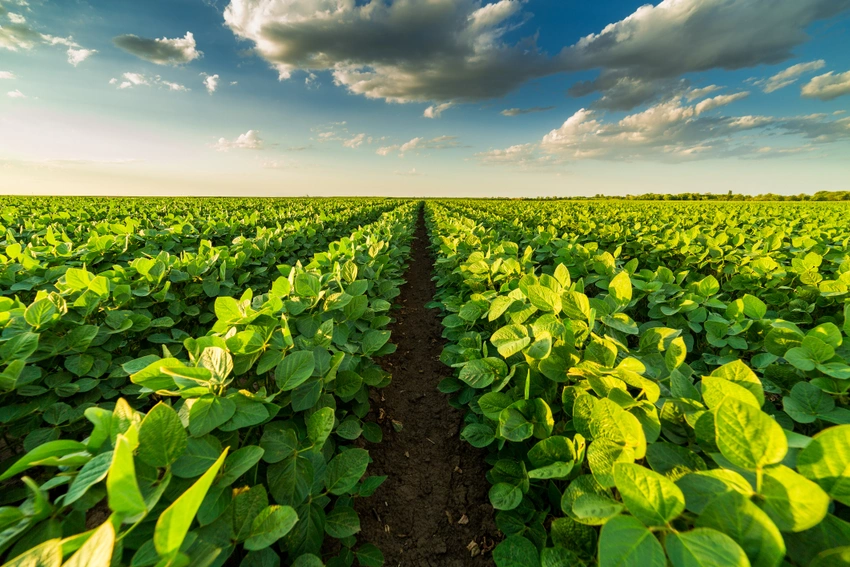With this information, it would no longer be necessary to discuss whether this market is in fact attractive for current companies and new entrants. However, there are some particularities that deserve greater attention.
The attractiveness of a given industry, sector or market segment can be assessed by the intensity of Porter’s 5 Industry Competitive Forces: 1. Threat of new entrants, 2. Bargaining power of suppliers, 3. Bargaining power of buyers, 4 . Threat from substitute products and 5. Rivalry between competitors. Using this method of analysis, the lower the intensity of competitive forces, the greater the attractiveness of an industry, sector or market segment and vice versa.
Let’s then analyze the market segment for bionematicides for use on soybeans in Brazil.
1. Threat of new entrants
– Regulatory requirements: Although the regulatory environment in Brazil is becoming more favorable to biological control agents, new entrants still face significant obstacles in meeting registration and compliance standards. This can prevent new companies from entering the market.
-R&D costs: The development of effective bionematicides requires substantial investments in research and development. High initial costs and the need for specialized knowledge create barriers to entry.
– Brand reputation: Established companies with a proven track record and reliable products have a competitive advantage. New entrants must overcome brand loyalty and demonstrate the effectiveness of their products.
– Emerging technologies: Advances in biotechnology and microbiology can reduce barriers to entry, facilitating the development of new bionematicidal products. Startups and smaller companies can find opportunities in niche markets.
– Government support: Increased government support for sustainable agriculture and biopesticides can reduce some barriers to entry through subsidies, grants and simplified regulatory processes.
As we have seen, the intensity of the threat from new entrants is “low” for new products or those considered premium, but “high” for generic products (same active ingredient as already commercial products), as regulatory processes for products with active ingredients already approved are being simplified.
2. Bargaining power of suppliers
– Dependence on biofactories: Microbiological bionematicides (bacteria and/or fungi) are produced through fermentative processes. There are numerous challenges faced by the industry to obtain high quality products (free from contamination, stability acceptable by the industry and minimum concentration of active ingredients as required by regulatory bodies), with adequate formulation and high production capacity.
In this case, the intensity of suppliers’ bargaining power is “low” for high-quality products, but high for generic products, considering that there are a large number of companies in this segment and farmers producing their own bionematicides on the farm (on -farm). farm).
3. Bargaining power of buyers
– Buyers’ profile: In Brazil, large producers, cooperatives and distributors have high bargaining power due to their high purchasing capacity, being able to negotiate better conditions and prices.
– Product differentiation: The degree of product differentiation affects buyer power. If new bionematicides are significantly better than alternatives (including chemical nematicides), buyers may have less bargaining power. On the other hand, the number of commercial products has increased significantly in recent years. In 2018, there were only 2 products but currently there are more than 30 companies and more than 60 commercial products on the market, 2/3 of which are produced with the same active ingredients (Paecilomyces sp., Bacillus amyloliquefaciens , Bacillus subtilis , Trichoderma sp.).
– Value proposition: Demonstrating the superior efficacy of bionematicides with new or combinations of 2 or more active ingredients can reduce the buyer’s bargaining power, given the better performance that these products provide.
Thus, the intensity of the bargaining power of supplier buyers is “low” for new products and/or products with proven efficacy, but “high” for generics, considering that there are many similar products on the market.
4. Threat of substitutes
– Chemical nematicides: The main substitutes for bionematicides are chemical nematicides, which are often considered to be more effective. However, some premium bionematicides offer control at high and/or even higher levels than traditional pesticides.
– Cultural and mechanical controls: Non-chemical methods such as crop rotation, resistant crop varieties and soil management practices also serve as substitutes.
For these reasons, the intensity of the threat of substitutes is “low” for products with new and/or combinations of active ingredients with high efficacy in managing nematodes, but “high” for generic products, considering that these generally present similar results. or lower than chemicals.
5. Industry Rivalry
– Market Players: The bionematicides sector in Brazil includes national and international companies. The presence of well-established companies intensifies competition.
– Product innovation: Continuous innovation and development of new and more effective bionematicide formulations contributes to competitive pressure.
– Market growth: The growing demand for sustainable agricultural solutions provides space for multiple players to coexist and grow, potentially reducing the intensity of rivalry.
– Opportunities for collaboration: Companies can find opportunities for collaboration in research and development, distribution and market education, which can mitigate competitive pressures.
Therefore, the intensity of rivalry in the industry is “low” as there are few companies making high investments in R&D. For generic companies, competition is more intense as entry barriers are lower.
Finally, we can conclude that the attractiveness of the bionematicides market is “greater” for companies that make greater investments in R&D and develop high-performance products. On the other hand, there is a trend towards “less” attractiveness for the generic product segment, where price ends up being one of the only forms of differentiation.







